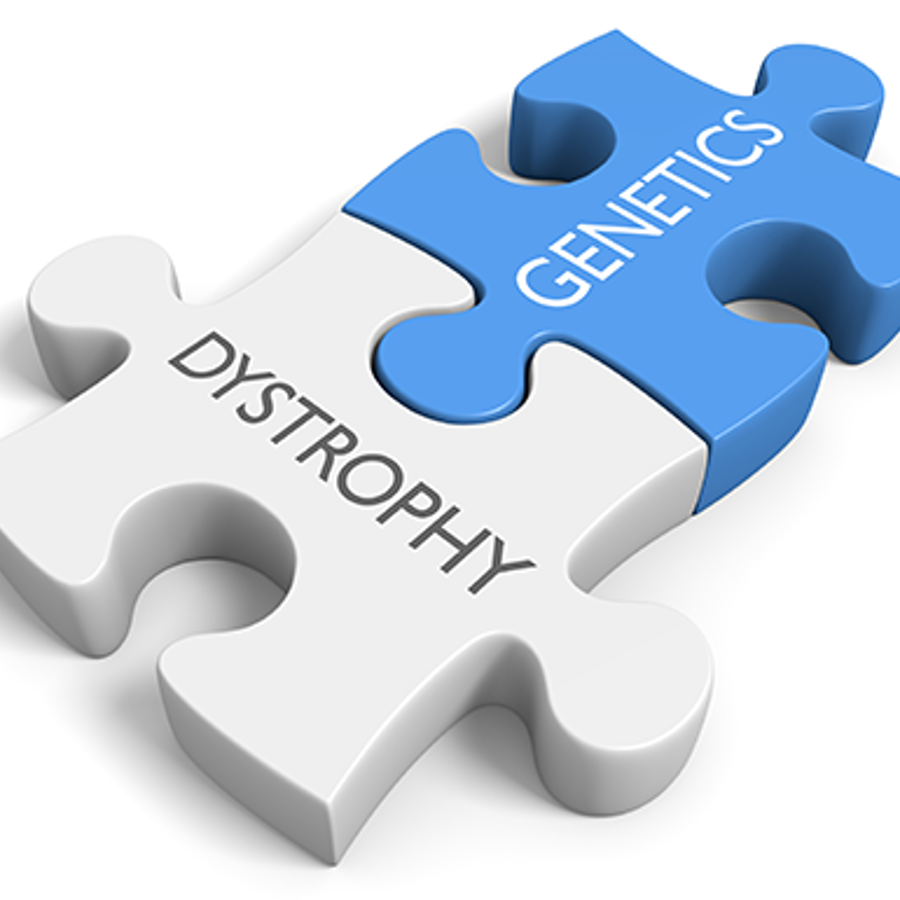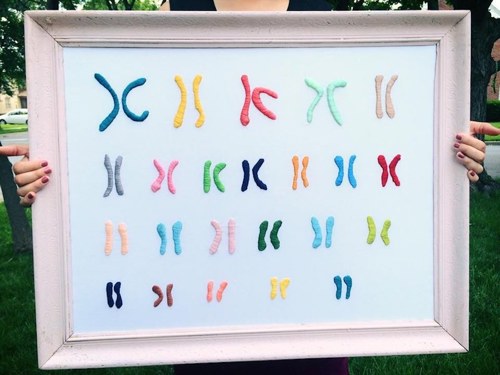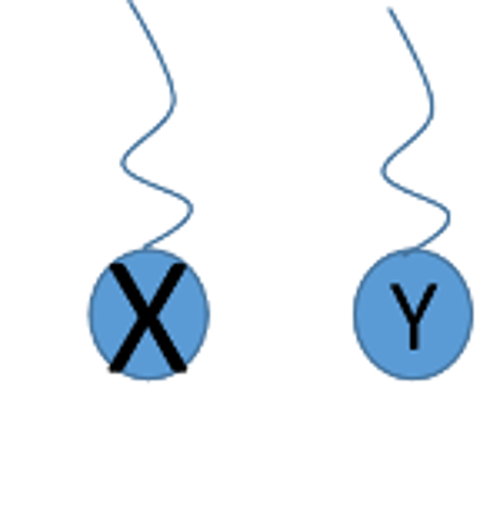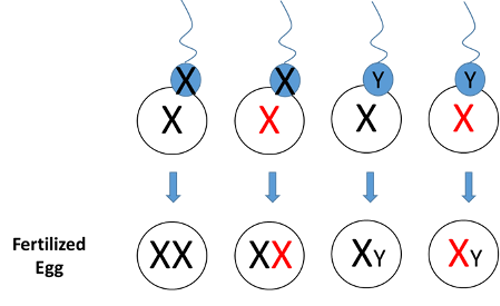
If someone’s sister is a carrier for muscular dystrophy, what are the chances they are too?
September 11, 2017

- Related Topics:
- Muscular dystrophy,
- X linked inheritance,
- Consumer genetic testing,
- Carrier
A curious adult from New York asks:
"If someone’s sister is a carrier for Duchenne muscular dystrophy, what are that person’s chances for being a carrier too? No one in the family has muscular dystrophy."
The answer depends on whether or not that someone is a brother or a sister.
Biological males usually can’t be carriers for Duchenne muscular dystrophy (DMD). If their sister is a carrier, they would have a 50% chance of having the disorder and a 50% chance of not having the disorder.
If the person in question is biologically female, the answer is different. In that case they would typically have a 50% chance of being a carrier, and a 50% chance of neither being a carrier nor having the disorder.
These differences come down to the X chromosome.
Biological males usually have a single X (and a Y) while biological females usually have two X’s. This matters in this case because the DNA differences that cause DMD are found in the dystrophin gene on the X chromosome. And having even one working copy of this gene keeps DMD away.
So boys either have a single working copy of the dystrophin gene or a single broken one. They either have DMD or they cannot pass it on to their children. (They usually can’t pass what they don’t have!)
With girls it is a little more complicated. They have three possible combinations for the dystrophin gene:
- They might have two good copies. They do not have the disorder can’t pass it on.
- They might have two bad copies and so have DMD. (This is pretty rare.)
- They might have one good copy and one bad copy and so be a carrier. They do not have DMD but can pass a nonworking gene down to their kids.
Now let’s tackle where that 50% chance comes from for a sister being a carrier. And for that matter, where that 50% chance that a brother will end up with DMD comes from too.

Mom is a Carrier
As I said, usually only women can be carriers for DMD. So in this case, since dad does not have the disorder, we will say mom is the carrier. She passed it down to her daughter, the sister in your question.
Let’s draw out mom’s two X chromosomes this way:
XX
In this example, the red X has the broken dystrophin gene and the black one has a working copy. She has one of each and so does not have DMD. But she is a carrier.
Each of mom’s eggs have either a red or a black X. And which egg is released each month is selected at random. Let’s say these are the two possible eggs:

This means there is a 50% chance that an egg will have a black X and a 50% chance that an egg will have a red X. Each baby has a 50% chance for starting out as an egg with a red X and a 50% chance of starting out as an egg with a black X.
Now let’s bring in dad:
XY
Notice I made his Y much smaller than the X. I did this because that is pretty much how it is in real life. The Y is a tiny little thing pretty much devoted to turning an embryo into a male and making him fertile when he grows up.
What this means is that each sperm that dad makes has a 50% chance for an X and a 50% chance for a Y. Which is where the 50% chance for a boy and a 50% chance for a girl comes from!
Here are dad’s two possible sperm (at least with regard to his X and Y pair):

Now let’s have the two of them have children. Remember, they will each pass one of these chromosomes randomly which gives the following four possibilities:

The first two are biologically female because they each have two X’s and the second two are biologically male because each have an X and a Y. So there is a 50% chance for a boy and a 50% chance for a girl.
The sister that got the red X, fertilized egg number 2, does not have DMD because she has a black X with a working dystrophin gene. But she can pass the red X down to her kids just like her mom could.
The brother that got the red X, fertilized egg number 4, ends up getting DMD because he has no working dystrophin genes. He has only the one X and its copy of the gene doesn’t work.
So that is why the sisters each have a 50% chance for being a carrier and a 50% chance for not being a carrier. And why the brothers will have an equal chance of having DMD or not being a carrier.

Author: Dr. D. Barry Starr
Barry served as The Tech Geneticist from 2002-2018. He founded Ask-a-Geneticist, answered thousands of questions submitted by people from all around the world, and oversaw and edited all articles published during his tenure. AAG is part of the Stanford at The Tech program, which brings Stanford scientists to The Tech to answer questions for this site, as well as to run science activities with visitors at The Tech Interactive in downtown San Jose.
 Skip Navigation
Skip Navigation
